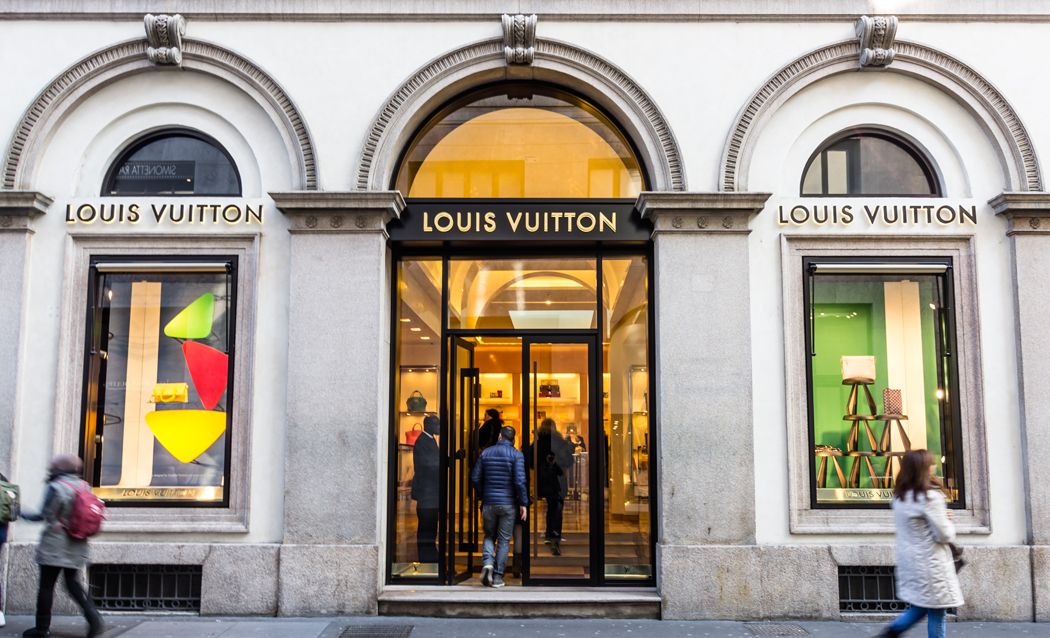
Last week the research group Millward Brown and the advertising conglomerate WPP released the 2015 Brandz Top 100 Report, ranking the most valuable companies in the world. While Apple is (unsurprisingly) topping the list, Louis Vuitton is leading in the luxury market with a total estimated value of $27.4 billion. Following behind in second place is Hermès at an estimated $18.9 billion and Gucci in third with 13.8 billion. Aside from a clear cut ranking of the most expensive brands, research done in the luxury sector (defined as brands that design, craft and market high-end clothing, leather goods, fragrances, accessories and watches) has a few surprises and market insights that are worth a closer look.

Most companies throughout all categories have made monumental progress over the ten years since Millward Brown’s inaugural report. The numbers top out at 252 percent for fast food, but luxury has only risen 70 percent since 2005. While the global recession of 2008-2009 has some impact on that statistic, the recent economic slowdown in China, Brazil and Russia reinforced the already dwindling numbers. The report also makes note that a growing millennial consumer base sees luxury products as “expensive indulgences” that don’t align with their ideals. This year the brand value of luxury labels dropped six percent (compared to a 16 percent rise a year ago), while global banks, the only other category to lose value, only declined by two percent.

To determine a brand’s value, Millward Brown relies on a number of factors including the financial value of the brand (current and potentially future earnings), brand contribution (availability, distribution, etc.) and the importance of a brand (how meaningful, unique or salient they are). Analytical data is also derived from over three million consumers and over 100,000 different brands in over 50 markets. Using these numbers they can determine how much true value a company has. Considering that many luxury labels still focus on exclusivity as a characteristic of the industry, their brand contribution will be negatively affected.

Louis Vuitton topped the list this year with a brand value of $27.4 billion and an increase of six percent value since last year. Hermès trailed behind in second with $18.9 billion and a 13 percent drop in value, while Gucci came in a close third with $13.8 billion and a 14 percent drop in value. Chanel and Rolex came in fourth and fifth with $8.9 billion and $8.7 billion respectively. Chanel’s value increased by 15 percent since last year, while Rolex dropped by six percent. In fact Louis Vuitton and Chanel were the only luxury brands to increase in brand value since last year, while Prada, which fell to seventh this year, dropped by a whopping 35 percent. Michael Kors and Tiffany & Co. made their way into the top ten for the first time.

While things aren’t necessarily looking up for the luxury sector, there are emerging markets in Mexico, Turkey and Nigeria that could be an asset in the coming year. Another factor that initially hurt brands, but could potentially prove viable for them in the future, was the equalization of their price points across various markets. This was done to slow the purchases of “grey market” product—items bought in Europe to be resold in China for a profit. More brands are willing to sell online and connect with potential customers via social media and interactive campaigns, and many are starting to branch off into other sectors that add distinction, recognition and character to the brand. Prime examples are Burberry’s live music fashion shows and the recently-opened art museum, Fondation Louis Vuitton.

Of course, all these attempts at connecting with the consumer are for naught if they don’t understand the “post-recession luxury consumer.” The study confirms that shoppers see luxury as acceptable in a post-recession environment, but with certain stipulations and expectations. Shoppers are looking for durability, quality and understated aesthetics rather than anything ostentatious. The growing millennial consumer base also requires luxury brands to be environmentally responsible as they “expect brands to serve a higher societal purpose.” Brands also need to find a balance between “authenticity, individuality, creativity and a higher purpose beyond consumption” that will cater to the millennials' desire for a modest lifestyle and responsible expenditures.









